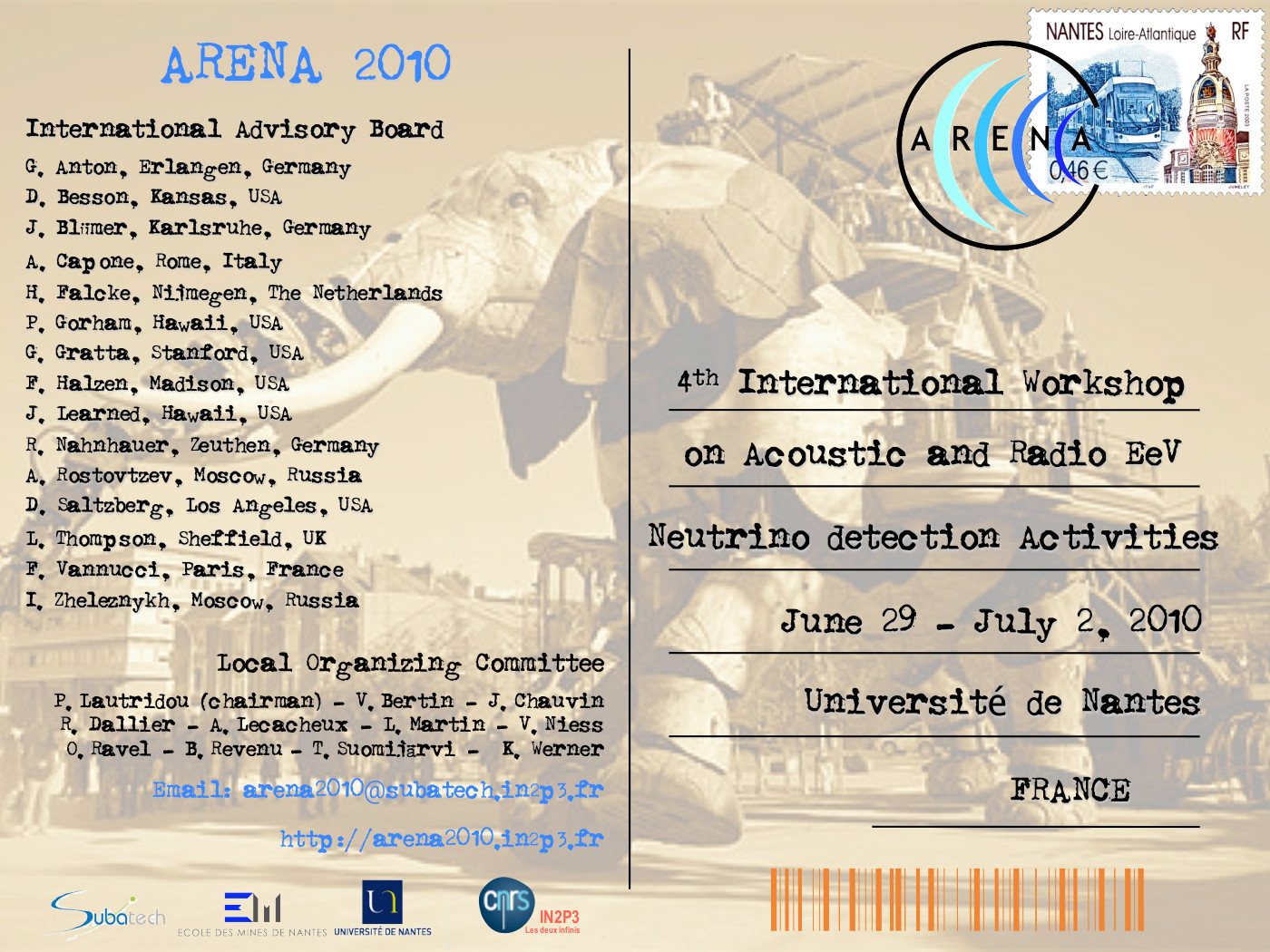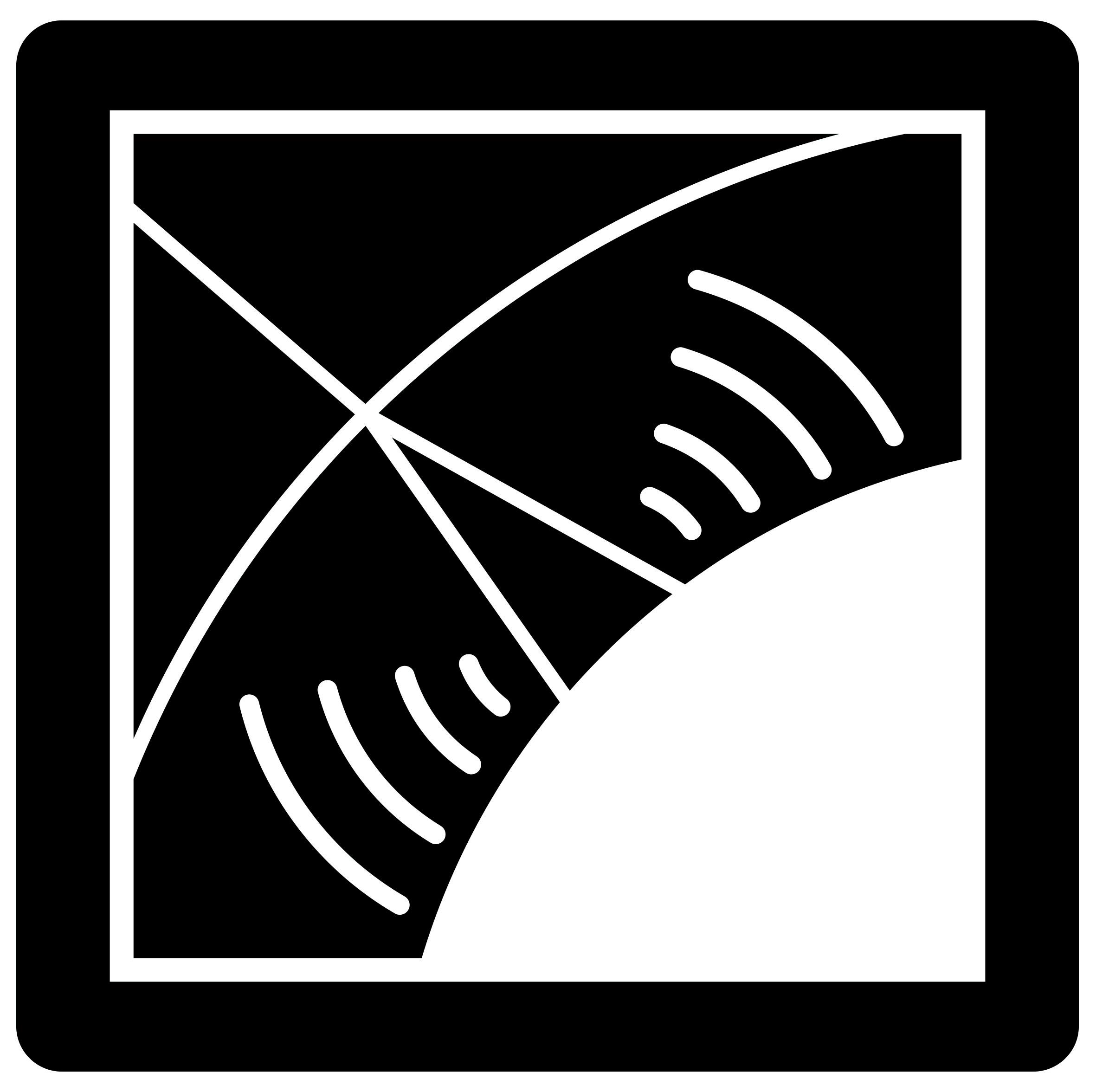CODALEMA is one of the pioneer experiments dedicated to the radio detection of ultra high energy cosmic rays (UHECR), located at the radio observatory of Nançay (France).

CODALEMA is one of the pioneer experiments dedicated to the radio detection of ultra high energy cosmic rays (UHECR), located at the radio observatory of Nançay (France).









The new setup of the CODALEMA experiment installed at the Radio Observatory in Nançay, France, is described. It includes broadband active dipole antennas and an extended and upgraded particle detector array.





